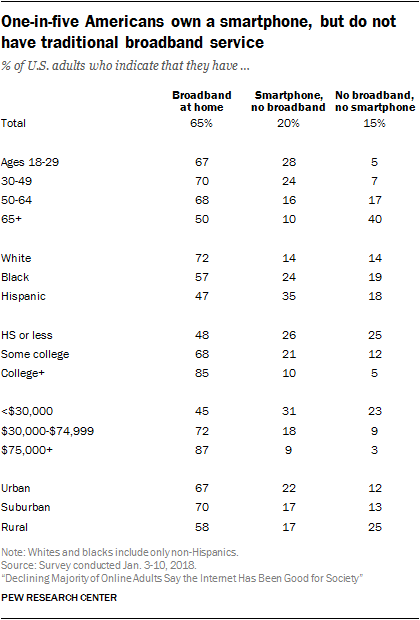One of the biggest long-term trends in the communications business is the tendency for connectivity services to constantly drop towards “zero” levels. That is arguably most true in the capacity parts of the business (bandwidth), the cost of discrete computing operations, the cost of storage or many applications.
One can see this clearly in voice pricing, text messaging and even internet access (easier to explain in terms of cost per bit, but even absolute pricing levels have declined).
The reason it often does not seem as though prices have declined is that the value keeps increasing, as retail prices drop or remain the same.
In large part, marginal cost pricing is at work. Products that are "services," and perishable, are particularly important settings for such pricing. Airline seats and hotel room stays provide clear examples.
Seats or rooms not sold are highly "perishable." They cannot ever be sold as a flight leaves or a day passes. So it can be a rational practice to monetize those assets at almost any positive price.
Whether marginal cost pricing is “good” for traditional telecom services suppliers is a good question, as the marginal cost of supplying one more megabyte of Internet access, voice or text messaging might well be very close to zero.
Such “near zero pricing” is pretty much what we see with major VoIP services such as Skype. Whether the traditional telecom business can survive such pricing is a big question.
That is hard to square with the capital intensity of building any big network, which mandates a cost quite a lot higher than “zero.”
In principle, marginal cost pricing assumes that a seller recoups the cost of selling the incremental units in the short term and recovers sunk cost eventually. The growing question is how to eventually recover all the capital invested in next generation networks.
On the other hand, we also must contend with product life cycles. As we have seen, in developed markets people use voice services less, so there is surplus capacity, which means it makes sense to allow people unlimited use of those network resources.
That was why it once made sense for mobile service providers to offer reduced cost, or then eventually unlimited calling “off peak.”
Surplus capacity caused by declining demand also applies to text messaging, where people are using alternatives. If there is plenty of capacity, offering lower prices to “fill up the pipe” makes sense. And even if most consumers do not actually use those resources, they are presented by value propositions of higher value.
Video entertainment and internet access are the next products to watch. Video is more complicated, as it is an “up the stack” application, not a connectivity service. Retail pricing has to include the cost of content rights, which have not historically varied based on demand, but on supply issues.
Linear video already has past its peak, while streaming alternatives are in the growth phase.
Internet access, meanwhile, is approaching saturation. That suggests more price pressure on linear video and internet access, as less demand means stranded supply, and therefore incentives to cut prices to boost sales volume.
Marketing practices also play a big part, as the economics of usage on a digital network can be quite different than on an analog network. And some competitors might have assets they can leverage in new ways.
In 1998, AT&T revolutionized the industry with its “Digital One Rate” plan, which eliminated roaming and long-distance charges, effectively eliminating the difference between “extra cost” long distance and flat-fee local calling.
Digital One Rate did not offer unlimited calling at first, but that came soon afterwards. In the near term, lots of people figured out they could use their mobiles to make all “long distance” calls, using their local lines for inbound and local calling only.
With unlimited calling, it became possible to consider abandoning landline service entirely.
At least in part, the growth of mobile subscriptions from 44 million in 1996 to 182 million by the end of 2004 is a result of the higher value of mobile services, based in part on “all distance” calling.
Mobile revenue increased by more than 750 percent, from 10.2 billion dollars in 1993 to more than 88 billion dollars in 2003.
During this same time period, long distance revenue fell by 67 percent to 4.3 billion dollars, down from 13.0 billion dollars.
The point is that connectivity prices and some application (voice, messaging) prices have had a tendency to drop closer to zero over time. Moore’s Law plays a part. Open source also allows lower costs, and therefore more-competitive prices.
Optical fiber and microwave play a part in boosting capacity and lowering unit prices. Internet protocol also helps (lower network interface costs).
Competition has had a larger impact. Regulatory cost reductions have been key in some markets.

